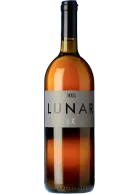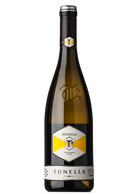Ribolla Gialla
Documents attest the presence of ribolla in Friuli from before the fourteenth century. Celebrated by Boccaccio, it was claimed by Leopold III of Hapsburg when he settled in Trieste, and in 1402 the city of Udine protected its purity with a specific edict. A thousand-year-old history, in short, which is rightly crowned today with the recognition of this vine at the top of Italian production. Rebula in Slovenian, ribolla is present throughout the Collio, Brda and Colli Orientali del Friuli area. A vigorous and constant grape, but which needs to be carefully taken care of, it has particular morphological characteristics, starting from the leathery skin, rich in colour and polyphenols. This makes ribolla particularly suitable for maceration on the skins, and in fact, especially in the splendid Oslavia cru, this is the version in which it best expresses itself: long maceration and long ageing in barrels or amphoras make it the noblest orange wine in Italy, with truly extraordinary levels of complexity, concentration and longevity. Of course it can also be vinified without maceration or only with not-too-long ageing on the lees: in this case ribolla gives straw-coloured wines veering to golden, with intense, floral and fruity aromas, full of dried fruit and minerality, thanks to the characteristic ponka and flysch soils. On the palate it always shows a good balance between softness and freshness, appreciable structure and pleasant persistence.
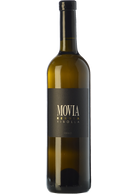

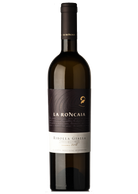

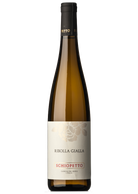












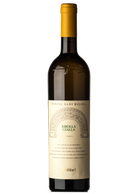
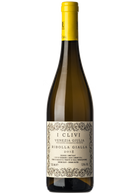

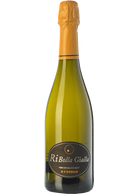
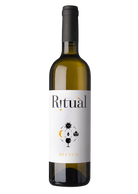

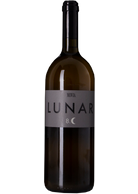

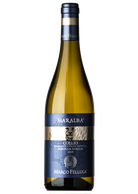

Casella Friuli Colli Orientali Ribolla Gialla 2018



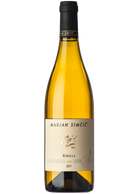
Ribolla Gialla
Documents attest the presence of ribolla in Friuli from before the fourteenth century. Celebrated by Boccaccio, it was claimed by Leopold III of Hapsburg when he settled in Trieste, and in 1402 the city of Udine protected its purity with a specific edict. A thousand-year-old history, in short, which is rightly crowned today with the recognition of this vine at the top of Italian production. Rebula in Slovenian, ribolla is present throughout the Collio, Brda and Colli Orientali del Friuli area. A vigorous and constant grape, but which needs to be carefully taken care of, it has particular morphological characteristics, starting from the leathery skin, rich in colour and polyphenols. This makes ribolla particularly suitable for maceration on the skins, and in fact, especially in the splendid Oslavia cru, this is the version in which it best expresses itself: long maceration and long ageing in barrels or amphoras make it the noblest orange wine in Italy, with truly extraordinary levels of complexity, concentration and longevity. Of course it can also be vinified without maceration or only with not-too-long ageing on the lees: in this case ribolla gives straw-coloured wines veering to golden, with intense, floral and fruity aromas, full of dried fruit and minerality, thanks to the characteristic ponka and flysch soils. On the palate it always shows a good balance between softness and freshness, appreciable structure and pleasant persistence.




